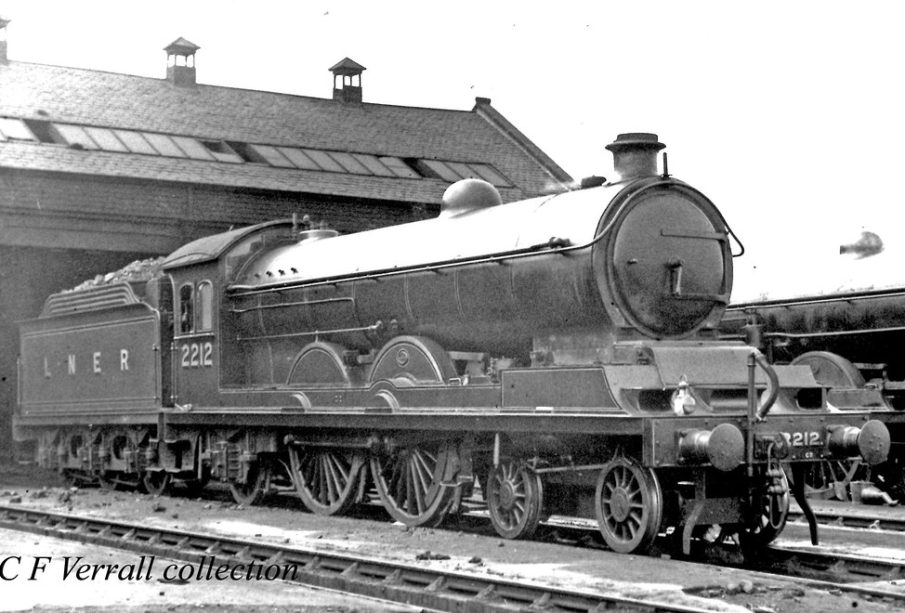LNER Unveils Historic Service Expansion: Transforming Rail Travel Across the East Coast

Major Service Transformation
London North Eastern Railway (LNER) is preparing for its biggest timetable transformation in more than a decade this December 2025, promising more trains, more seats, quicker journeys, and better value fares. This significant change comes in response to strong passenger growth in recent years.
Enhanced Service Frequency and Capacity
The new timetable will introduce nearly 10,000 new services per year, providing over 60,000 extra seats across the route weekly. LNER will increase its service frequency from five to six trains per hour each way across most of the day, with an additional 32 services to and from London King’s Cross each weekday from December, with further expansions planned for 2026.
Faster Journey Times
A significant improvement includes faster journey times between Edinburgh and London, with hourly fast services taking approximately 4 hours and 10 minutes, stopping only at Newcastle and York. Some journeys between Newcastle and London will be reduced to just under 2 hours and 50 minutes.
Economic Impact and Investment
This service enhancement follows a £4 billion investment in the East Coast Main Line over the past decade. Independent research suggests the new timetable will generate at least £105 million per year in economic benefits, adding to the £3.11 billion benefit that investment in LNER services already delivers.
Bradford Services Expansion
LNER is also planning to more than triple its daily direct connections between Bradford and London King’s Cross from May 2025. New southbound departures will run at regular intervals throughout the day, with journey times of approximately two-and-three-quarter hours. The enhanced timetable includes earlier departures from London King’s Cross to Bradford, facilitating day trips to the 2025 UK City of Culture.
Preparation for Change
LNER has collaborated with Network Rail, other train operators, and the Department for Transport to develop the new timetable, utilizing cutting-edge technology for numerous simulations. The company has also recruited hundreds of additional staff, including drivers, onboard crews, and station teams, to ensure smooth implementation of these changes.



